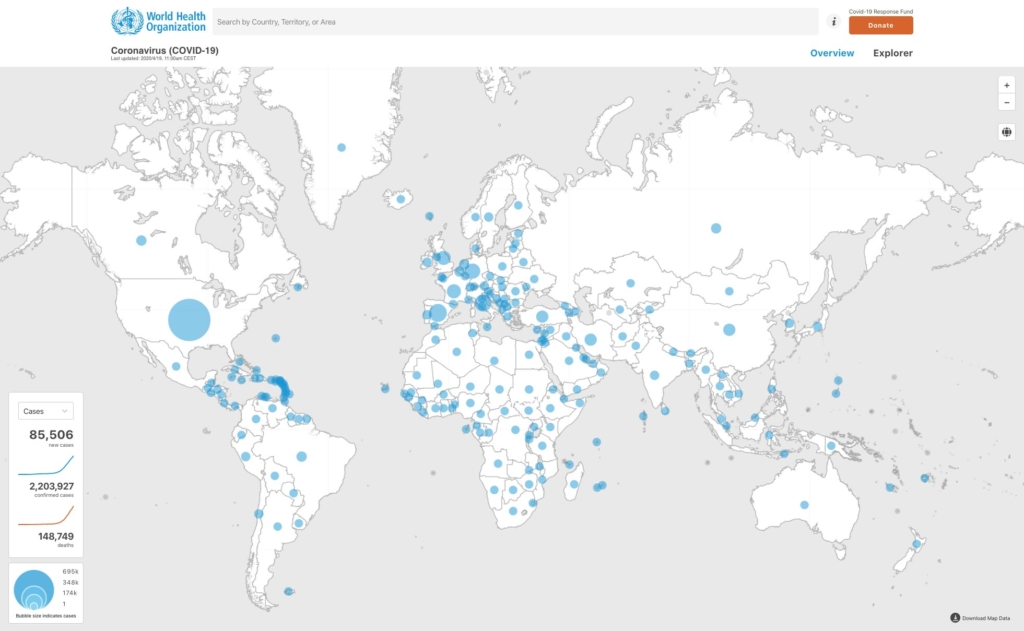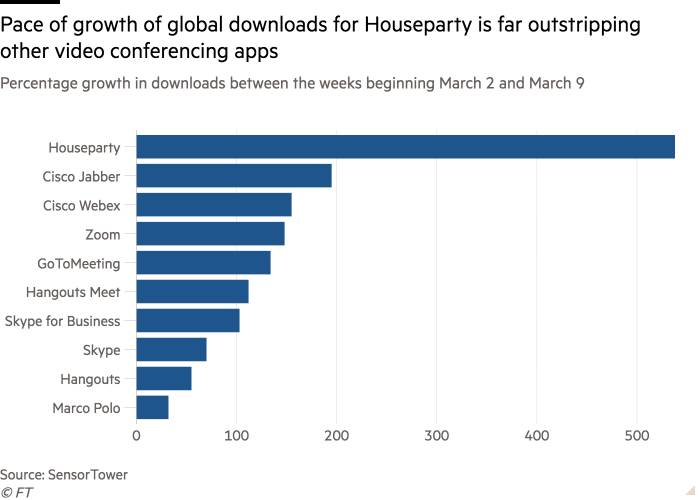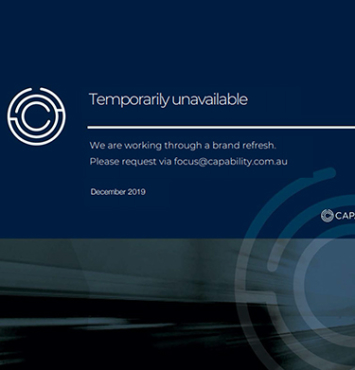On the 21st January 2020, the World Health Organisation released their first Situation Report1 on the emerging Novel Coronavirus (2019 – nCoV). At that time there were 278 confirmed cases with 3 deaths, with all but 4 located in China.
Three short months later, across the globe there are over 2.2 million confirmed cases and attributed deaths of nearly 150,0002; once vibrant cities and economies have tumbled into hibernation as a result of an unprecedented global lockdown of citizens in an effort to halt the disease’s spread. It is expected there will be a significant contraction of global GDP by -3%3, the likes of which not experienced since the Great Depression.
It would be safe to say that when we rang in 2020, we had no idea that our daily lives and economic futures would be irrevocably changed forever within such a brief timespan. Despite the challenges, for the most part, individuals and business alike have responded with vigour and fortitude, reminiscent of the period where the phrase “keep calm” was born. In response to these sobering times, Governments across the globe are implementing a range of stimulus measures that are significant percentages of GDP4 to help mitigate against the worst of these economic shocks and assist business to re-emerge after the acute phase of the crisis has passed and lockdowns are lifted.
New operational plans have been developed and implemented and organisations large and small, have transformed their go-to-market strategies, products, and delivery mechanisms to suit the emerging health crisis and the requirements of social distancing. For some industries, the changing landscape and rapidly dissolving supply chain has created unprecedented opportunities, with Healthcare, IT software and Finance5 recording significant increases in recruitment. As well, to offset the rising unemployment rate, big Corporates such as Woolworths, Coles, BHP along with State & Federal Government6 agencies are also actively seeking employees.
For those who are now working from home, clear, concise, and constant communication is now a daily staple. Our ability to connect meaningfully has never been greater with virtual meeting platforms such as Zoom, Microsoft Teams, Google Hangouts as well as social apps like Houseparty7 experiencing exponential growth.
These new ways of connecting and working have helped bridge the gap from isolation to connectivity and offer us a viable pathway to reduce the stresses and strains of commuting as well as increasing workforce participation for carers and parents. This assumes of course that the kids go back to school and the dual pressures of working from home and being the teacher at home are removed.
On the eve of World War 2, in the northern summer of 1939, the phrase Keep Calm and Carry On was born. Then as now, they did not know how long their crisis would last. We are witness to an extraordinary time in history and just as before, we have watched in amazement and awe our frontline healthcare workers battle a silent yet fearsome disease. We have retreated into small worlds wireless connected over the ether, all while embracing the challenge to find new ways to carry on.
We cannot know the full affect COVID-19 will have on our lives but our future success relies on individuals and business to see beyond the immediate crisis, pivot practice and production where we can, move quickly through this novel phase of remote working and prepare ourselves for the post-pandemic world.
We must Keep Adapting, Transforming, and Communicating.
Kerri Lawrence
Other articles in this series are Keep Calm and Communicate, Keep Calm and Transform, and Keep Calm and Adapt. A digest of key information and data on the COrona VIrus Disease of 2019 (COVID-19).
References
1. Novel Coronvirus (2019-nVoC) Situation Report-1, World Health Organization
2. World Health Organization
3. World Economic Outlook, April 2020, International Monetary Fund
4. Breaking down the G20 Covid-19 Fiscal Response, Center for Strategic and International Studies, 13 April 2020
5. Pei Ying Chua, Senior Economist, LinkedIn
6. Cayla Dengate, Editor at LinkedIn
7. How the viral app Houseparty is entertaining a generation in lockdown, Financial Times. Source SensorTower.


